The Starship is designed to send humans further than ever into space, but its internal design is also a sight to see.
Category: space travel – Page 268

Zeus Russia’s New 500kW Nuclear Space Tug
Discover Russia’s new 500kW Nuclear Space Tug to be launched in 2030 to the moon, Venus, and on to Jupiter.
Stay tuned to watch My live show with Tim Pickens on the Inside Scoop on Virgin Galactic this evening 26 may 21 at 6 PM CDT.
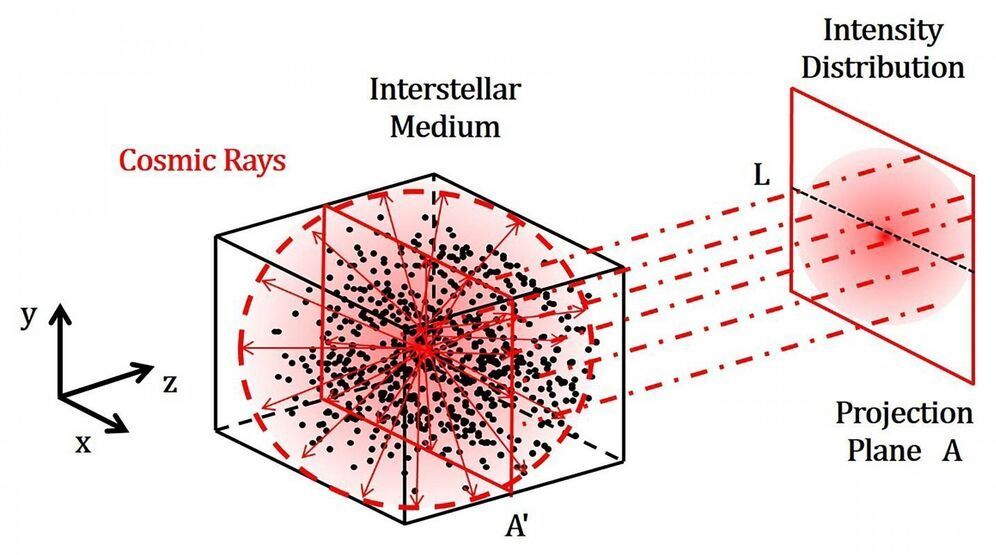
Probing deeper into origins of cosmic rays
Cosmic rays are high-energy atomic particles continually bombarding Earth’s surface at nearly the speed of light. Our planet’s magnetic field shields the surface from most of the radiation generated by these particles. Still, cosmic rays can cause electronic malfunctions and are the leading concern in planning for space missions.
Researchers know cosmic rays originate from the multitude of stars in the Milky Way, including our sun, and other galaxies. The difficulty is tracing the particles to specific sources, because the turbulence of interstellar gas, plasma, and dust causes them to scatter and rescatter in different directions.
In AIP Advances, University of Notre Dame researchers developed a simulation model to better understand these and other cosmic ray transport characteristics, with the goal of developing algorithms to enhance existing detection techniques.
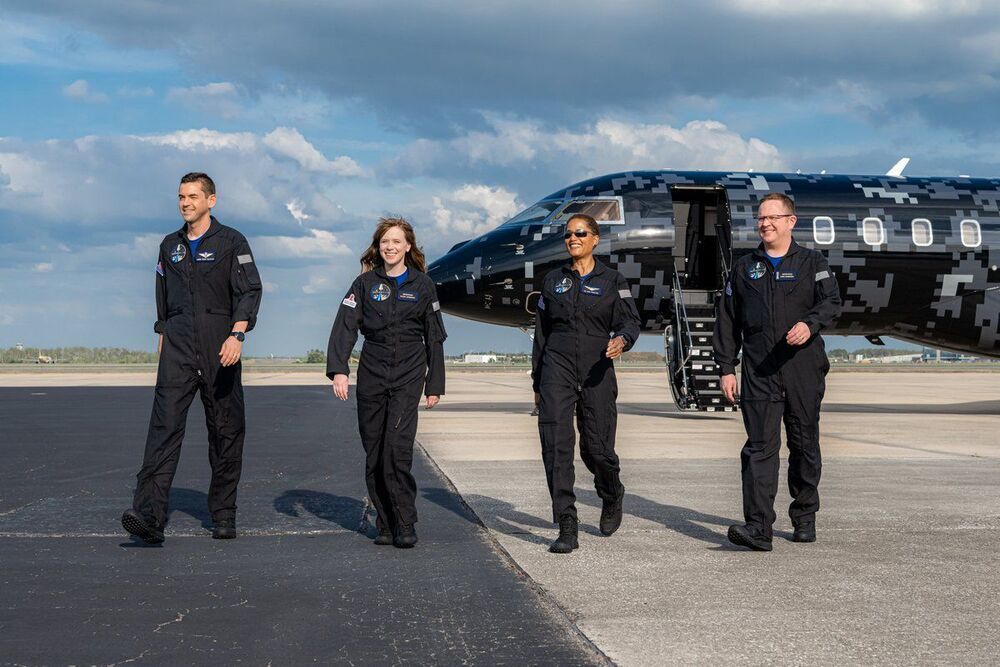
The Inspiration4 astronauts are training hard for their private launch on a SpaceX rocket
Four private astronauts have been strapped into a centrifuge, climbing mountains and learning how to fly a spacecraft ahead of their flight to space — the first-ever crewed space mission without any “professional astronauts” on board.
The crew is preparing to launch this upcoming September as part of the Inspiration4 mission aboard a SpaceX Crew Dragon spacecraft. The mission, privately chartered by billionaire Jared Isaacman to support St. Jude Children’s Research Hospital, recruited three crew members in addition to Isaacman for the trip which will fly around the Earth for several days. The crew includes Isaacman, St. Jude physician’s assistant and childhood bone cancer survivor Hayley Arcenaux, data engineer Chris Sembroski and geoscientist, science communicator and artist Sian Proctor.
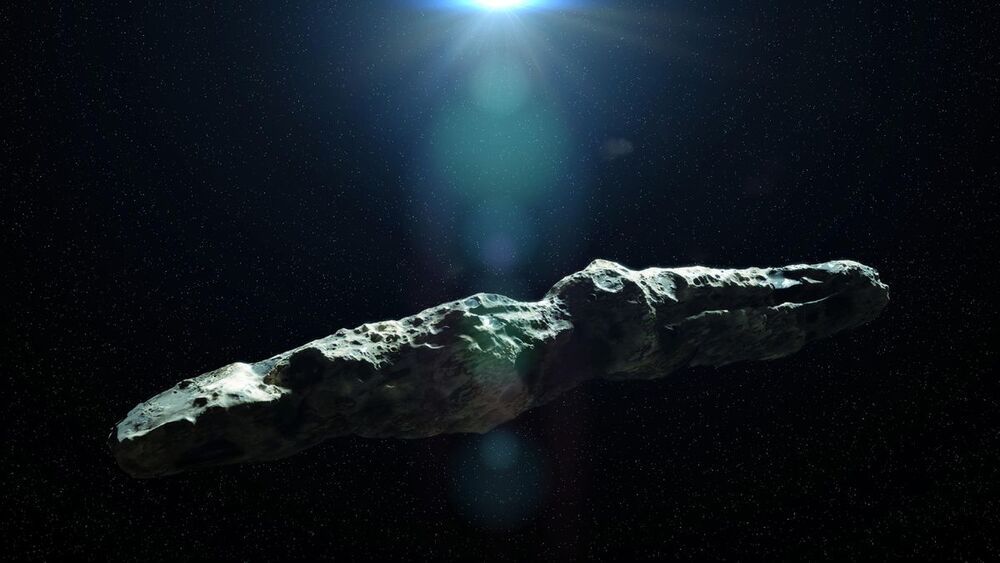
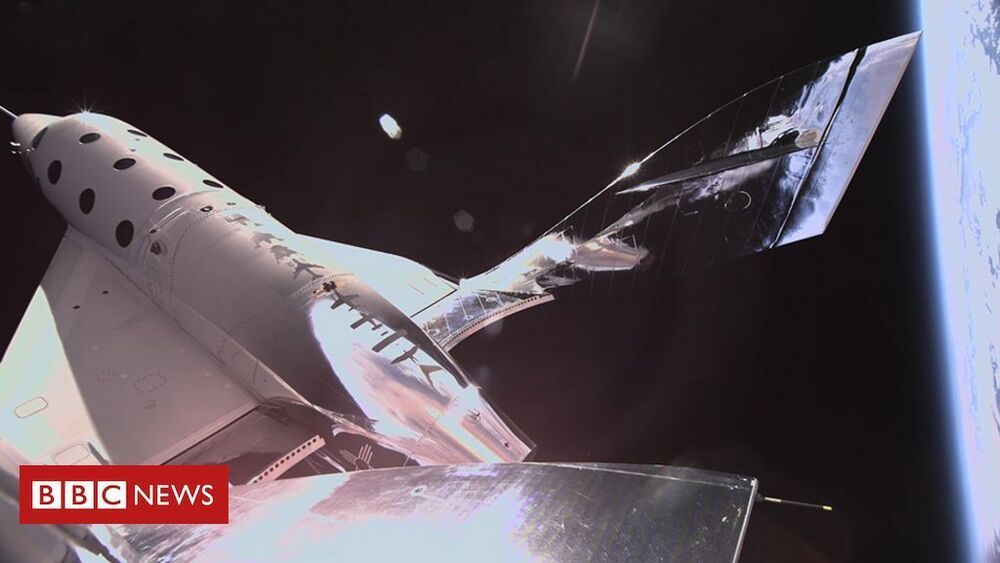

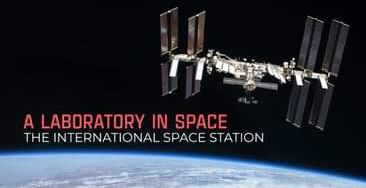
The International Space Station: A Laboratory in Space
Click on photo to start video.
The four astronauts launching on NASA’s SpaceX Crew-2 mission will spend six months on the International Space Station: a state-of-the-art microgravity laboratory.
🔬 🧪 They’ll work on science and research to benefit life on Earth & test technologies to enable us to return to the Moon and explore beyond: youtu.be/TiUvXmRDwEQ
